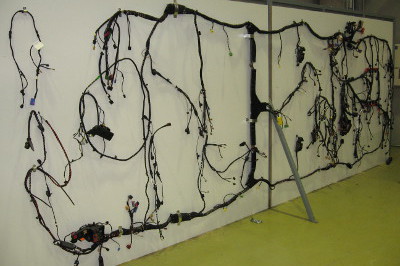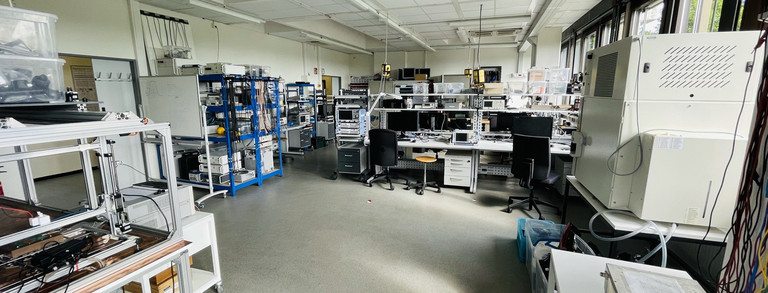On-board power supply systems
Goals
The number of electronic components in motor vehicles has risen sharply in recent decades. However, complexity, costs and safety or reliability can hardly be controlled with such architectures anymore. Recent developments are aiming for a significant reduction in the number of components. These are known as zone or central architectures, where vehicle functions are concentrated in a small number of electronic systems. An optimum electronics architecture promises minimum costs and maximum safety and reliability at the same time.

However, finding an optimal architecture is a major challenge that is further complicated by the increasing range of functions and newer voltage levels, such as 48 V. In order to be able to master and fulfill the high complexity and the various requirements already in the early development stage, there is no way around a virtual and simulation-based on-board power supply design.
Within this research focus, methods and processes are being developed to optimize power supply systems with multiple voltage levels (12 V, 48 V and HV) in terms of voltage quality, costs, installation space and weight.
Methods
Modeling and simulation
For on-board power system simulation, work is being done on modeling and simulation methods for many relevant issues. Among others, the following aspects are considered:
- Thermal load capacity of line insulation
- Thermal load capacity of connector systems
- Signal transmission/signal integrity in line systems
- Interference pulses in wiring systems, causes and effects
- Intelligent electronic fuses

Metrological analyses
Wiring system configurations can be investigated in complex test setups. The following components are available for this purpose:
- Sources up to 500 A and 80 V or 500 V and 30 A
- Electronic loads up to 10.5 kW, 510 A and 80 V
- Arc test bench for 48 V setups
- Extensive current and voltage measurement technology
- Extensive temperature measurement technology
- Configurable electronic and intelligent fuses
Development of optimization methods
An optimal design of an on-board power supply system is only possible if voltage stability and thermal load capacity are considered simultaneously. Modern modeling languages, which allow the consideration of different physical domains, are used.

